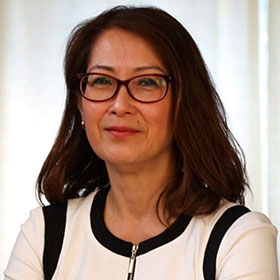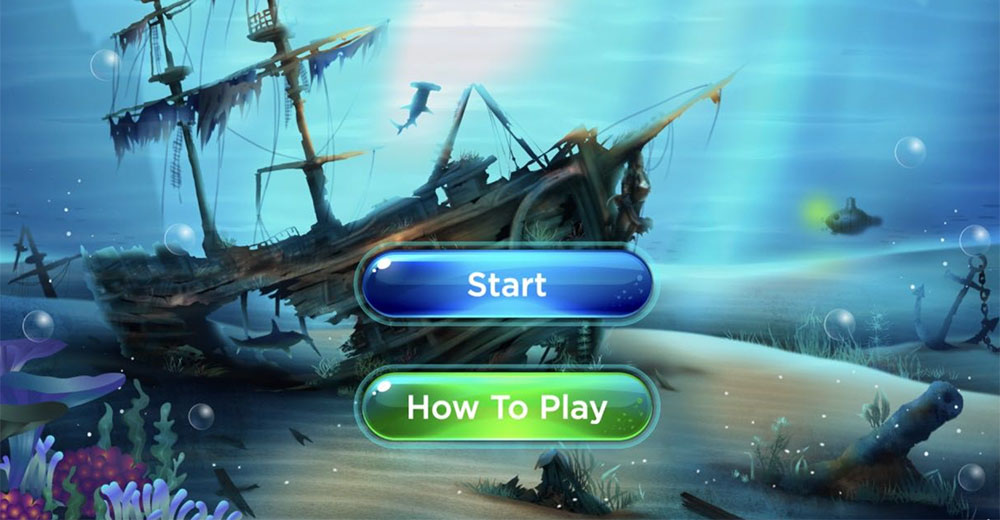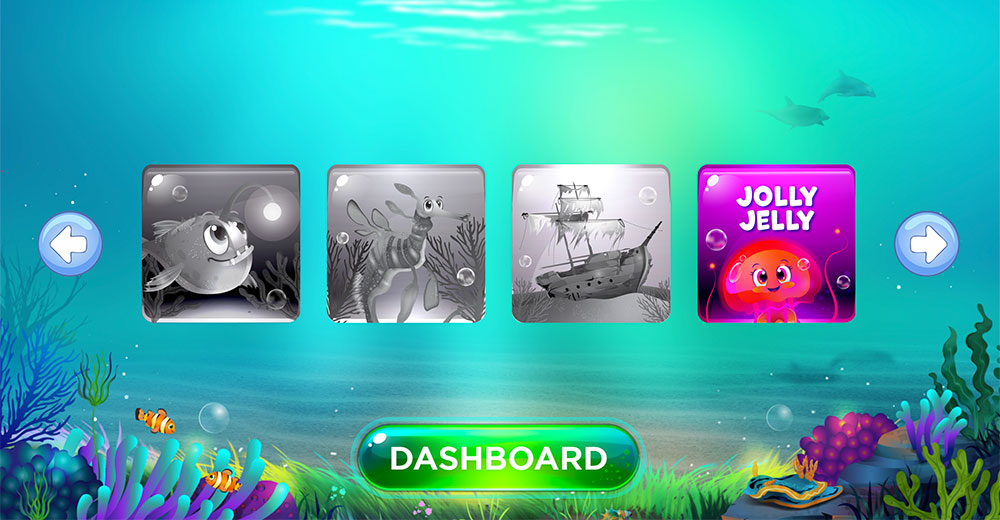Dysolve, the first artificial intelligence-powered platform for dissolving dyslexia and associated learning disabilities, is paving the way for a new treatment approach.
Dyslexia is a neurodevelopmental learning disorder that makes it challenging for children and adults to read, write, and spell. The condition affects one out of every five people and represents 80% to 90% of those with learning disabilities.
This condition once seemed permanent. The new Dysolve AI program can correct dyslexia, a task beyond even the most qualified of human specialists, according to Coral Pau-San Hoh, Dysolve’s CEO and co-founder of the AI platform that generates interactive verbal games customized to evaluate each student.

While Dysolve uses gamification techniques, it is not an entertainment platform. The students’ responses generate new evaluative and corrective game content. Through daily correction, the AI system resolves students’ underlying processing difficulties.
The proprietary software has helped hundreds of elementary students correct reading and learning skills, and the Dysolve method is undergoing clinical trials to assess its potential for widespread use in schools.
“Dyslexic children have a massive difficulty. There has to be an earlier program for reading enhancement, reading improvement, and vocalization techniques as part of formal school instruction. That was hard to do before we had AI and cloud delivery,” Hoh told TechNewsWorld.
She holds a doctorate in linguistics, is a co-inventor of AI technology for language disorders, and is a recognized expert on the language processing of exceptional populations. Her book, “Dyslexia Dissolved: Successful Cases,” focuses on why the multidimensional problem of dyslexia has not been resolved until now.
Voluntary Road To Displacing Dyslexia
After getting her Ph.D., Hoh started working with young neighborhood students in upstate New York as a community service. She was interested in helping students with learning disabilities related to Attention-Deficit/Hyperactivity Disorder (ADHD) and related language disorders.
That journey began when a friend told her that his son was struggling with reading at school and confided that the cost of evaluation was $2,000. Hoh offered to work with the child for free as a way to test her approach to treating dyslexia. That opportunity led to additional “clients” for testing.
Hoh had exposure to numerous students with a variety of conditions involving very severe language issues and multiple disabilities. As she worked with her test groups, she realized that dyslexia is more than just one thing. She began to notice connections around language processing difficulties that manifested in all age groups into adulthood.
That led to Hoh formalizing her private consultancy. She used existing research to build a computer system for real-time autonomous game creation based on observed symptoms and testing performance. These developments occurred 10 years ago when artificial intelligence was in the early stages of development.
Hoh’s goal was to create a computer platform powered by AI capable of addressing each case individually. This process required the integration of a microprobe into the brain to identify the locations of the processing problems.”
AI Development Behind Closed Doors
Dysolve AI is a proprietary program Hoh developed over the last 10 years. Although AI was not in mainstream use until recently, she custom-built an AI-powered solution tailored to her research and dyslexia treatment goals.
“We did not publicize it whatsoever. We launched in 2017. We’ve had it for a while as prototype games to test out together on this,” Hoh noted. “In a sense, other educational-based companies are playing catch-up to what we developed in our domain.”
The brain training process Dysolve AI provides is delivered with short passages that prompt the student to respond and react. It involves getting the student to focus intently on listening, reading, and spelling. After that, the processing difficulties get clearer.
In the early stages of what became her Dysolve system, students worked on their iPads connected to servers hosting the AI platform. The students typically scored below the 20th percentile in their schools’ standardized reading evaluations.
Students worked unaided on the AI-generated games created on the fly based on their responses. Tracking results showed that they advanced to the 50th percentile in reading and language skills over four months.
“That’s how accurate and efficient the Dysolve system is. Dysolve AI can mine a lot of data. We are talking about cross-referencing billions of data points per student to get them to improve as quickly as possible,” she offered.
How Dysolve AI Works
Hoh has been integrating national databases about dyslexia and educational data for various populations for several decades, so a lot of information has already been compiled. Dysolve AI adds to those generic tools algorithms Hoh’s researchers designed.

Dysolve AI constructs a series of games aimed at retraining the brains of Dyslexic students. Game responses give AI data on skills needing reinforcement.
The process begins with the first session, during which the student plays a series of short games that lasts about three minutes. Based on their responses, Dysolve AI constructs a series of follow-up games for the subsequent few sessions. Each session is an opportunity for AI to learn more about the dyslexic symptoms and build an evaluation.
The private students often work at their own pace at home, while Dysolve AI provides tech support for them around the clock.
Group Sessions Also in Progress
The same process is being tested in formal school surroundings where each student wears earphones. But the learning process is still individualized by Dysolve AI, explained Hoh.
She added that the Dysolve AI platform has worked well in schools where it is undergoing tests. Current data shows that after one or two years, middle school students can function at standardized performance levels by the time they get to high school.
The tracked results so far are similar for both student groupings. Participating students were catching up with vocabulary and all the other language skills. Time constraints can take up to two years of continuous sessions, depending on the student.
Ongoing Clinical Trials
Dysolve AI has been undergoing clinical trials since the fall of 2022. Those are scheduled to end this year.
Schools in Illinois, Kansas, Ohio, Wisconsin, Mississippi, and North Carolina are participating. Participants are in grades 3 through 8.
The trials hope to validate the efficacy of Dysolve AI by showing its positive impact on participants’ state and standardized reading assessments, noted Hoh. The results will determine the reliability of the Dysolve method as a dyslexia screener.
“In essence, we are using the clinical trial to replicate the sharp upward trajectory that we’ve seen in Dysolve users for the past six years,” said Hoh.
Dysolve participants use the platform for 15 to 45 minutes per day for two to five days a week during class time or in after-school programs. These are struggling readers, generally scoring below the 30th percentile in reading assessments.
The University of Delaware’s Center for Research in Education and Social Policy (CRESP) designed and is independently conducting a randomized controlled trial (RCT) to evaluate the program, with oversight from their Institutional Review Board. The principal investigator is CRESP Director Dr. Henry May, who has overseen many similar studies that meet Institute of Education Sciences (IES) standards.
Grandmother Shares Dysolve AI Experience
Vicki Bozarth has three grandchildren — ages seven, eight, and 11 — using the AI-powered treatment method at home for eight months. She has seen several positive changes since they began.
In a video testimonial, she talked to parents about what to expect from the program. Two of the most critical components, she shared, are the need for patience and the ability to cope with frustration.
“The eldest is more confident when writing in groups. The eight-year-old tries to spell words she doesn’t know and likes to write. Now, the youngest has improved in verbal skills,” Bozarth explained.
It takes time to affect change, she observed. It takes time for the brain to change.
“At times, that can be frustrating. But there is improvement,” she assured.
Expect Highs and Lows
During the first few months, the kids were not making much progress. Then, Bozarth saw marked improvement in their schoolwork when the new school year started.
The three children separately work on the Dysolve platform for 20 minutes a day, usually five days a week. The two older children don’t mind doing the work. The youngest took more time to settle into the routine.
According to Bozarth, her grandchildren feel a sense of accomplishment from the work they do. Although they need to work in isolation, she watches how they are doing. She also makes sure to praise them when they do well.
“I also try to encourage them when they’re struggling and remind them that nothing happens right away and that success takes time and effort,” she offered, adding that she tells them how proud she is of the work they put in.
Consistently working with the program is essential, she advised parents. Over the summer, they went on vacation and had no access to the platform for several weeks. She could tell the kids were a little rusty when they returned home.






















































